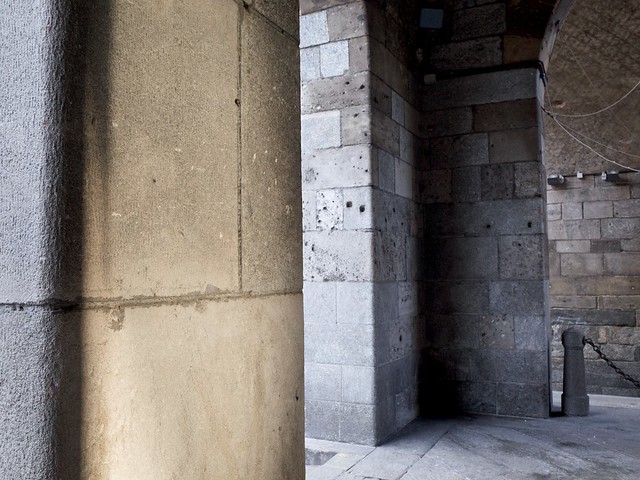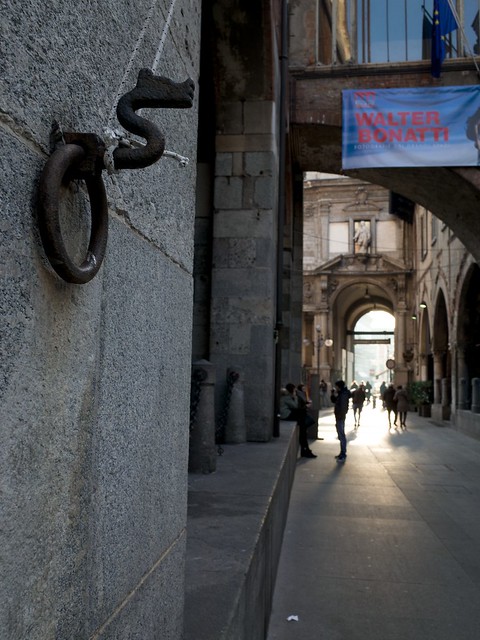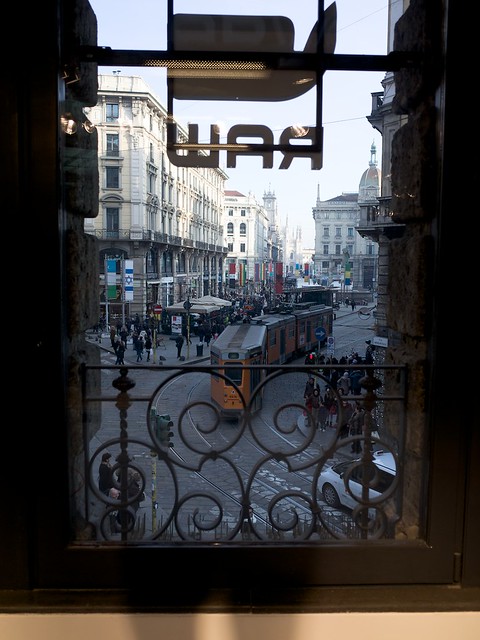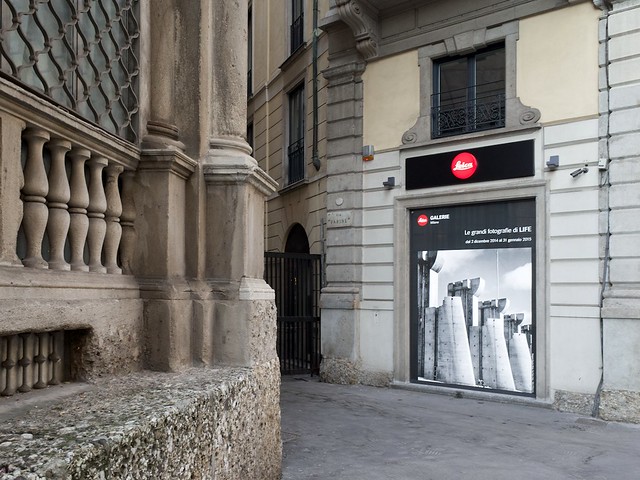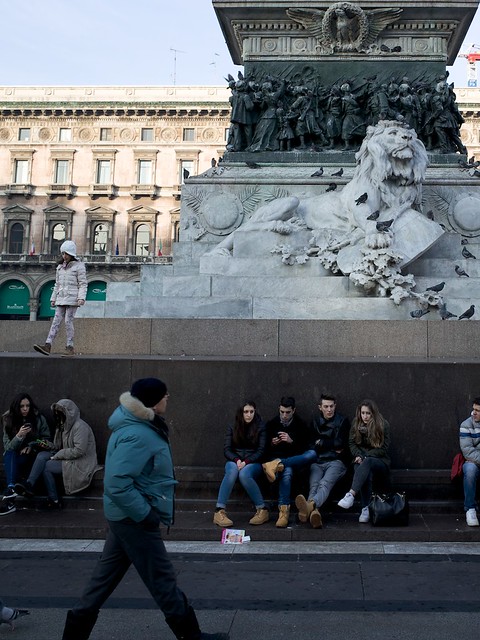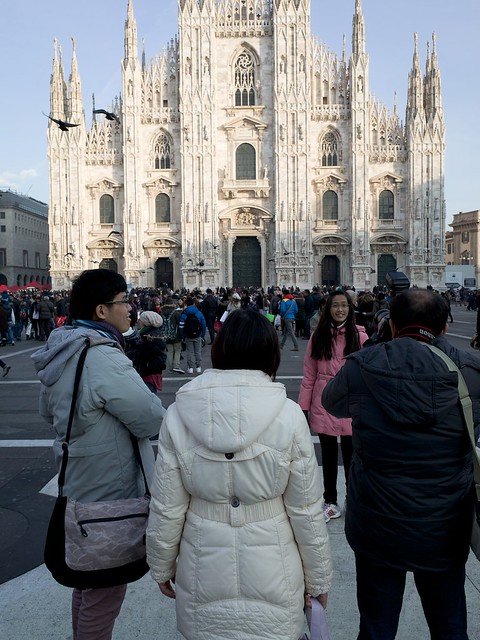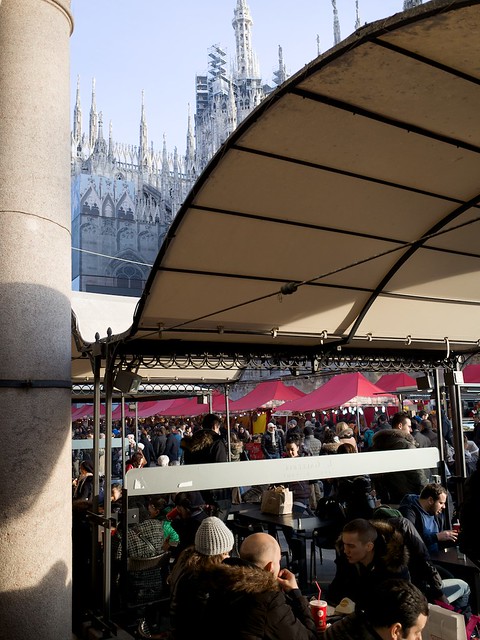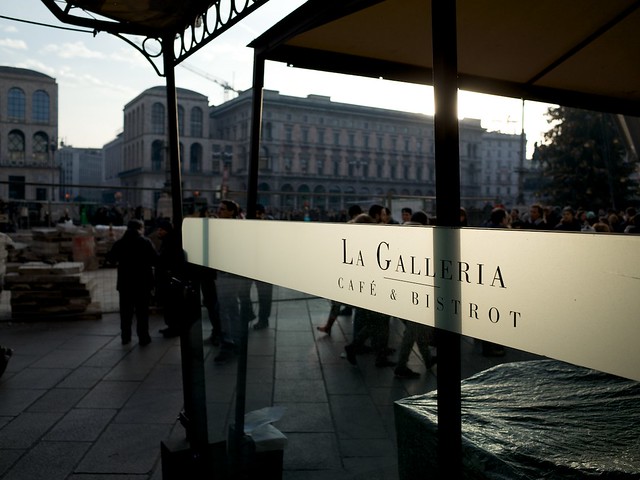Africa with Athena, by Armand Dijcks
relax with a video
For quite a while I’ve felt I’m way outside of the audience for photographic educational material. In particular stuff like “How To Make Perfect Landscape Photos”, etc. Not that I’m saying I don’t need them, just that I’m impenetrable to such words of wisdom. I’ve read, and watched, everything I could find on the topic, and very little has sunk in. So my reaction to seeing such things on offer tends to be rather cynical.
So why my interest was sparked by a web site I stumbled upon during the post-Christmas doldrums, offering an “exclusive, travelogue-style video tutorial” featuring landscape photographer Athena Carey on location in South Africa, I’m really not sure. But since clicking on the preview was a lot less like hard work than, say, editing several extensive photo collections I’ve built up and ignored in the last year or so, I did so. And I was intrigued, And since it was on special offer, I clicked.

I’ve seen my fair share of “video photo tutorials”. They generally promise a lot, and end up being endless, tedious talking head shots of men, usually of a certain age, fondling their cameras. Some are more professional than others, in that they’ll do some level of editing. Others just set the camera to record, stop after 2 hours and 55 minutes, and sell you the resulting yawn-a-thon for $75. And of course after watching this you’ll have fully assimilated their precious workflow and wisdom. So I’m a hard sell.
“Africa with Athena” is nothing like these, and on several key counts. First of all, it is obvious from the first seconds that the video has been produced by somebody who actually cares about communication, inspiration and entertainment, and also cares about producing the best possible experience. It is clear that very little cost or effort has been spared in the making of this video. It has nothing to envy anything you’ll find under the National Geographic or BBC banners. I’m sure that Armand Dijcks, the producer and videographer, makes mistakes just like the rest of us, but we’re not treated to them in the final product. Instead we’re treated to a technically and artistic excellent video, with a perfect mix of sweeping, dramatic but also intimate location shots, and indeed talking heads. But these talking heads - well, always the same head - are expressive and varied and shot with different angles and situations which emphasise and help to carry the message. I’m a million miles away from being any expert on the topic, but as a pure consumer, I find it a very impressive production, which is well worth the asking price.

I haven’t even really mentioned the content yet. Well, the content is basically Athena Carey. Hers is not a name I’d come across before, but she seems to have a good reputation. Certainly her photography has a strong personality, mainly orientated towards long exposure monochrome. This might immediately, and inevitably, bring Michael Kenna to mind, but her work is quite different. Of photographers I know, she’s perhaps closer to Steve Gosling, but in any case she has a distinctive style. Her approach in the field, and to photography in general, which is well documented here, remind me more of the approach of my friend Alessandra Meniconzi. Both are interested in equipment up to the point that it allows them to do what they want, and absolutely no more. Indeed, the section on the contents of Athena’s camera bag veers towards humour. Essentially, and clearly getting things out of the way as quick as possible, she tells us she’s got a big camera and a smaller one converted to infrared, oh, and some filters, and that’s basically it. I don’t think brand names are even mentioned. A similar segment over at the Luminous Landscape would be 45 minutes long and sound like a 10 year old child reading the B&H catalogue. This is pretty refreshing to me, but I’m not entirely sure if, unfortunately, it’s what the mainstream audience for this type of offer wants to hear.
But there is technical content. In fact her description of how she uses Nik SiverEFX to convert to monochrome is the best I’ve ever seen, and although I’ve been using this software for years, watching this I discovered a few key points I’d never realised before.

Most of all the video is about a dedicated and committed photographer collaborating with a talented videographer to illustrate her process to produce a couple of photos in a particular location. It does this without being arcane, patronising, or boring. I think it is generally very hard, if not impossible, to truly express in words what makes us photograph, especially for landscape photography. All attempts come across as pompous, clumsy or ridiculous. Generally of course they’re produced by the photographers themselves, which prevents the necessary detachment. Here instead the creative partnership works very well, delivering the goods both as medium and message. It sets a very high standard for others to follow.








